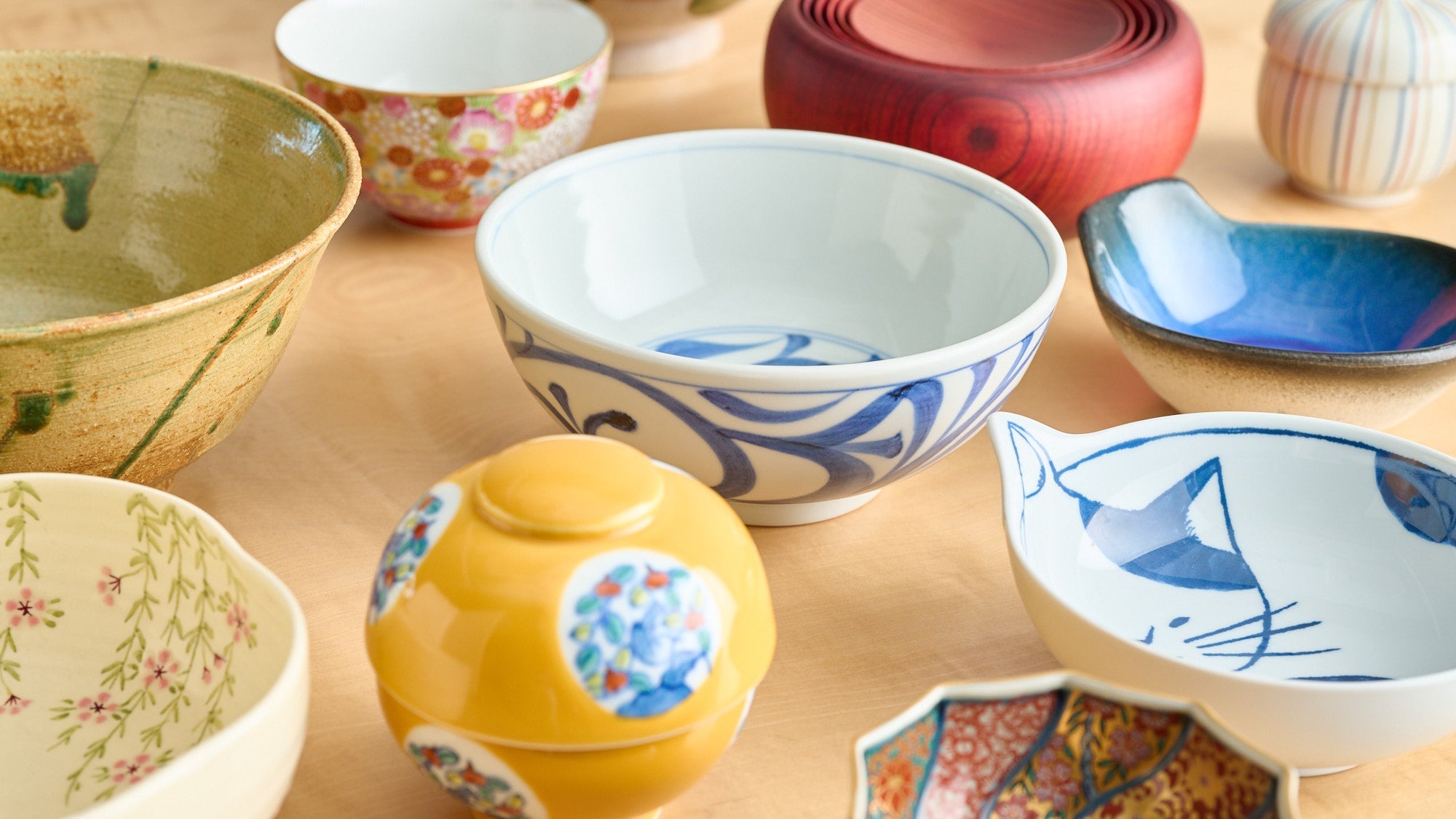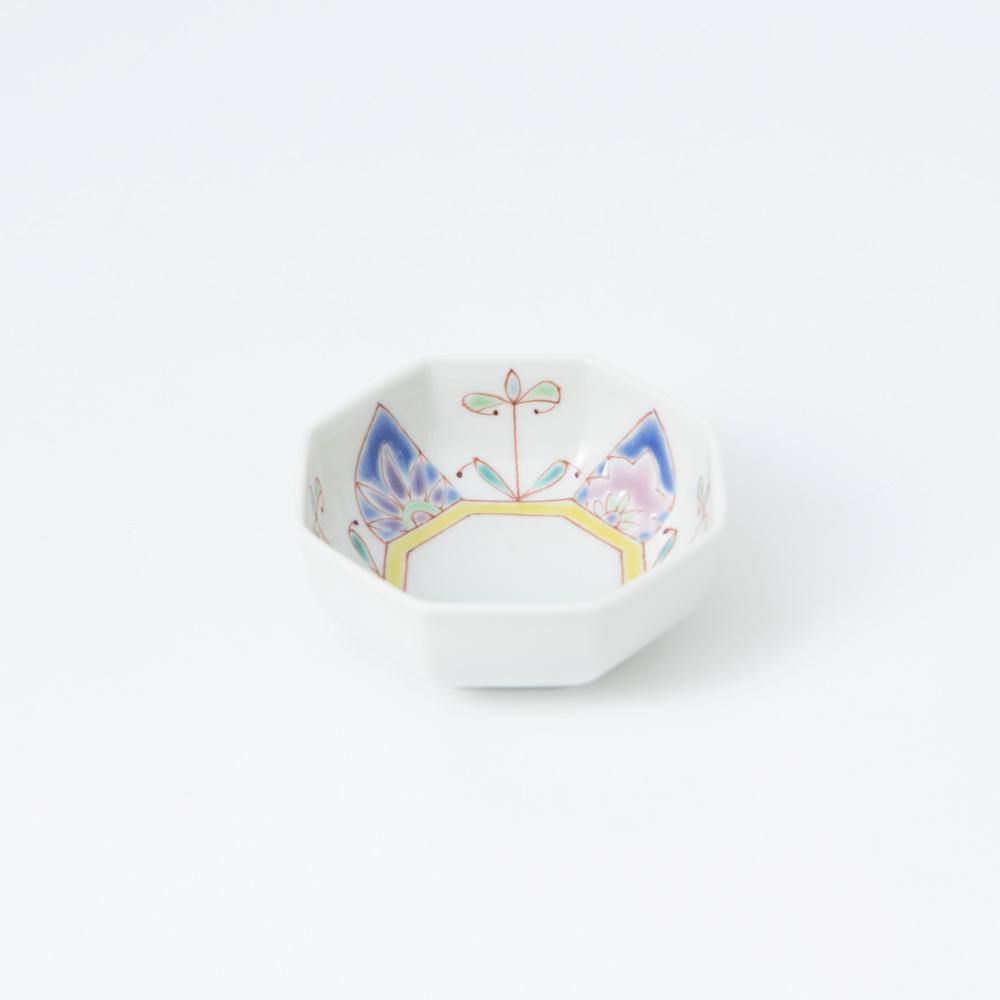
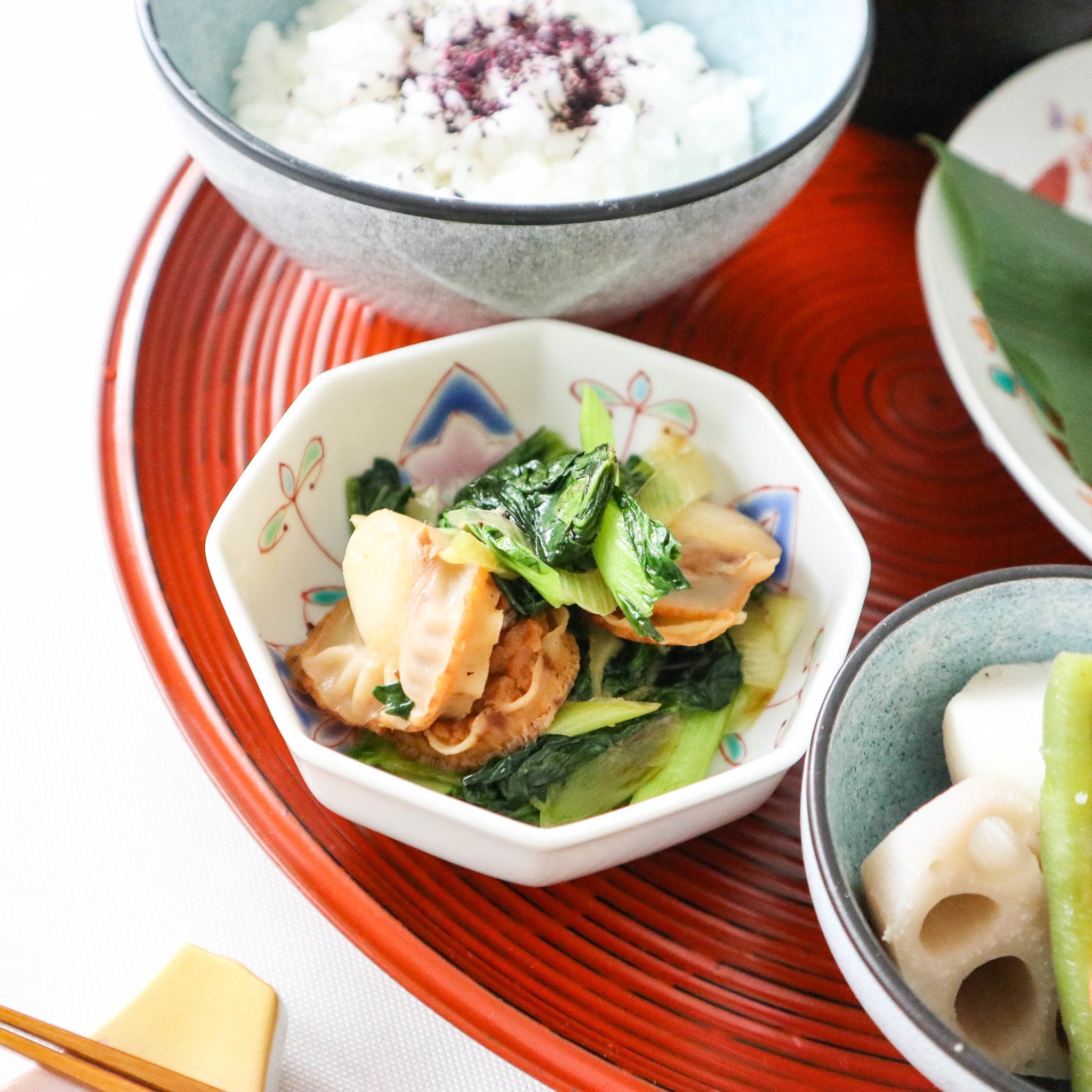
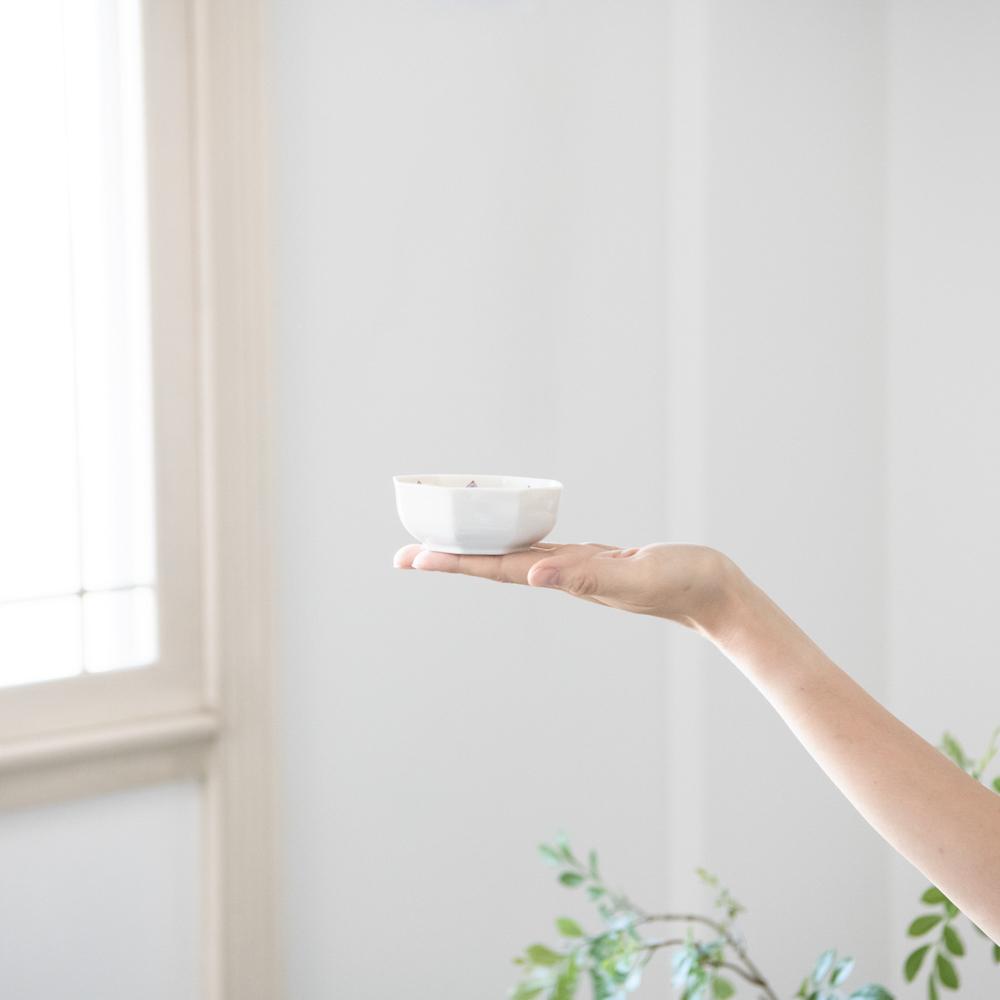
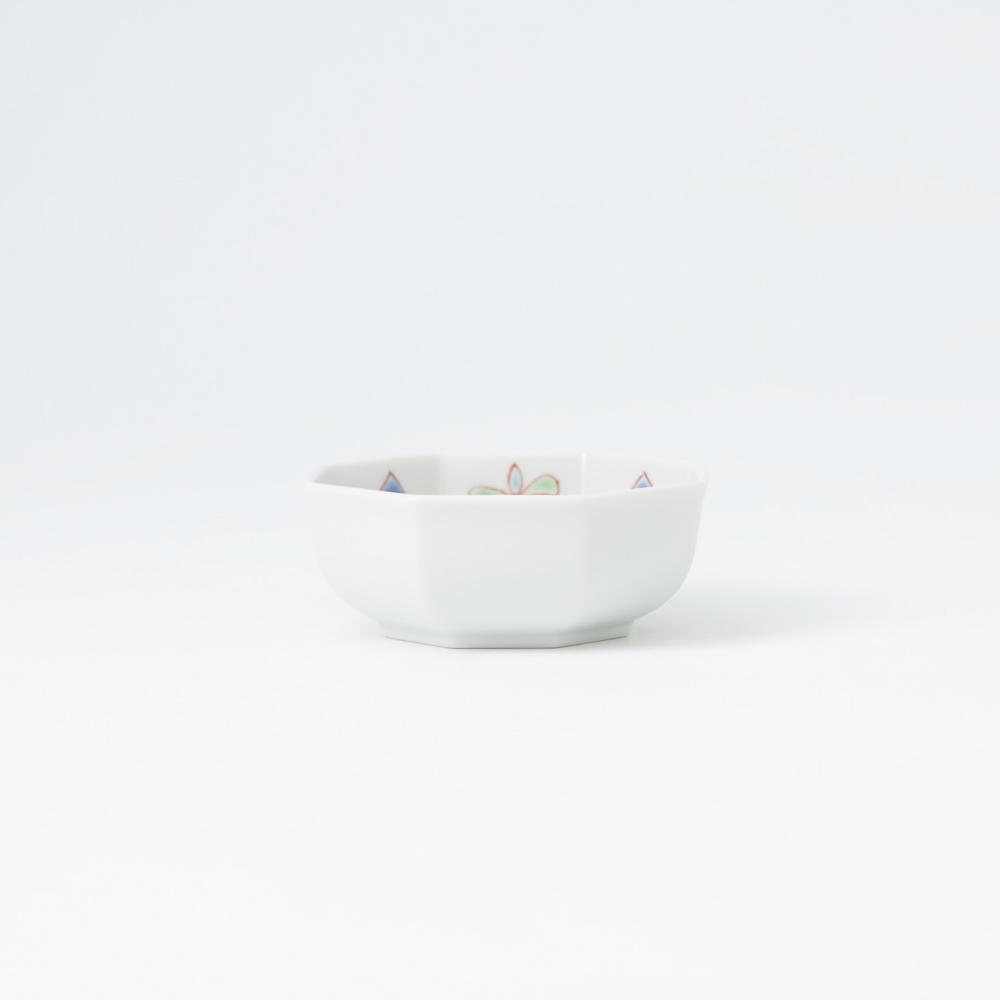
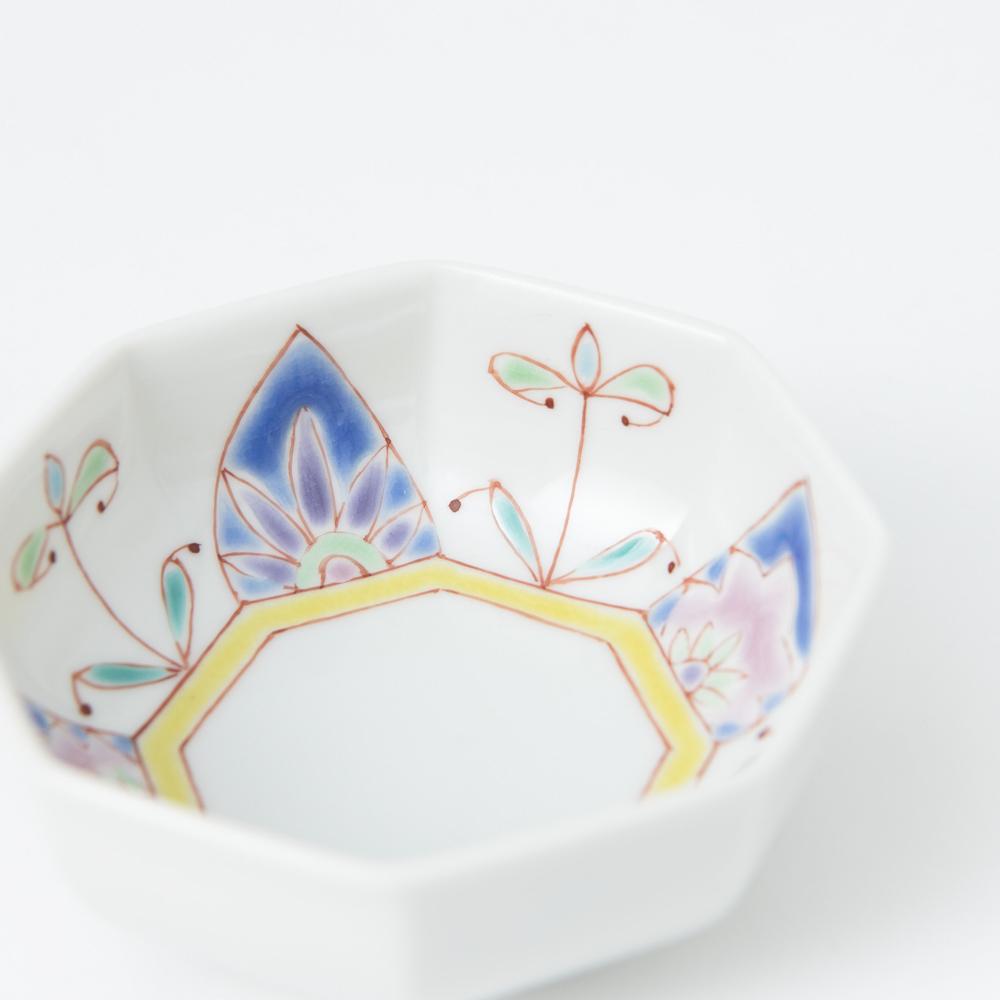
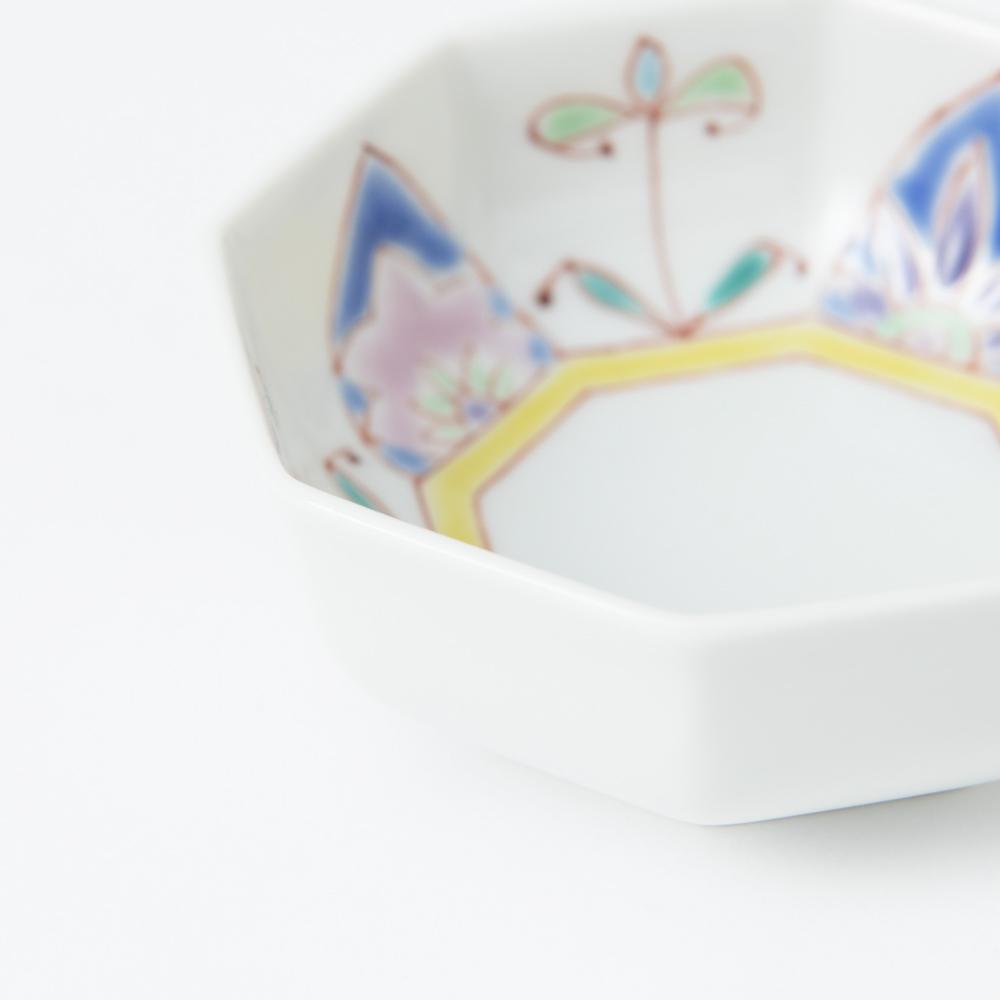
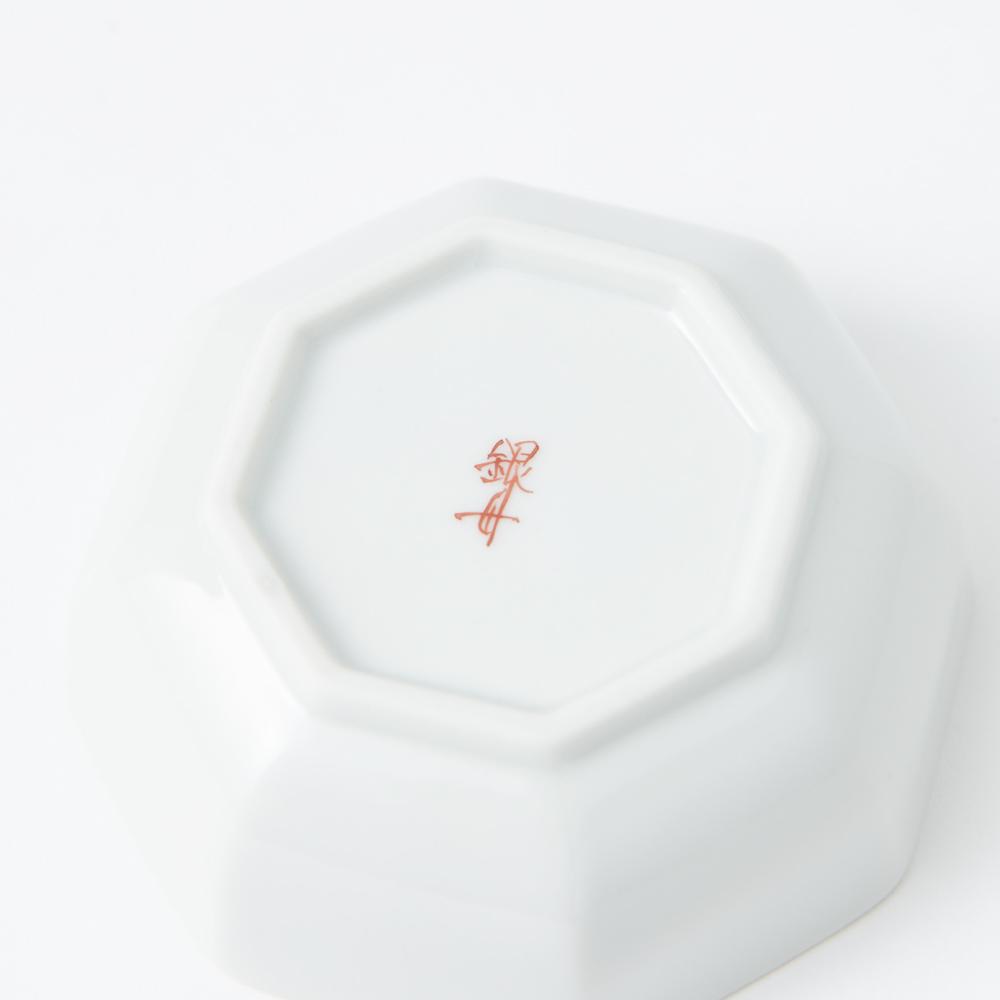
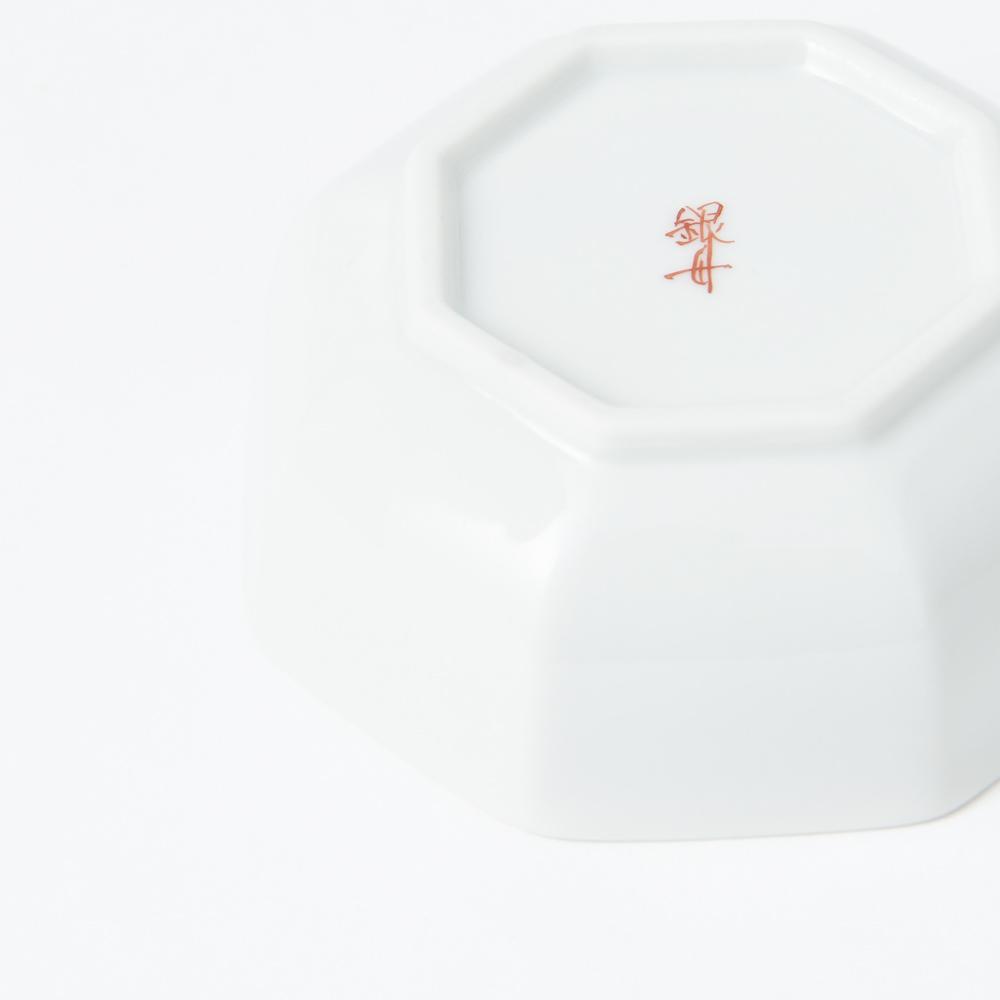
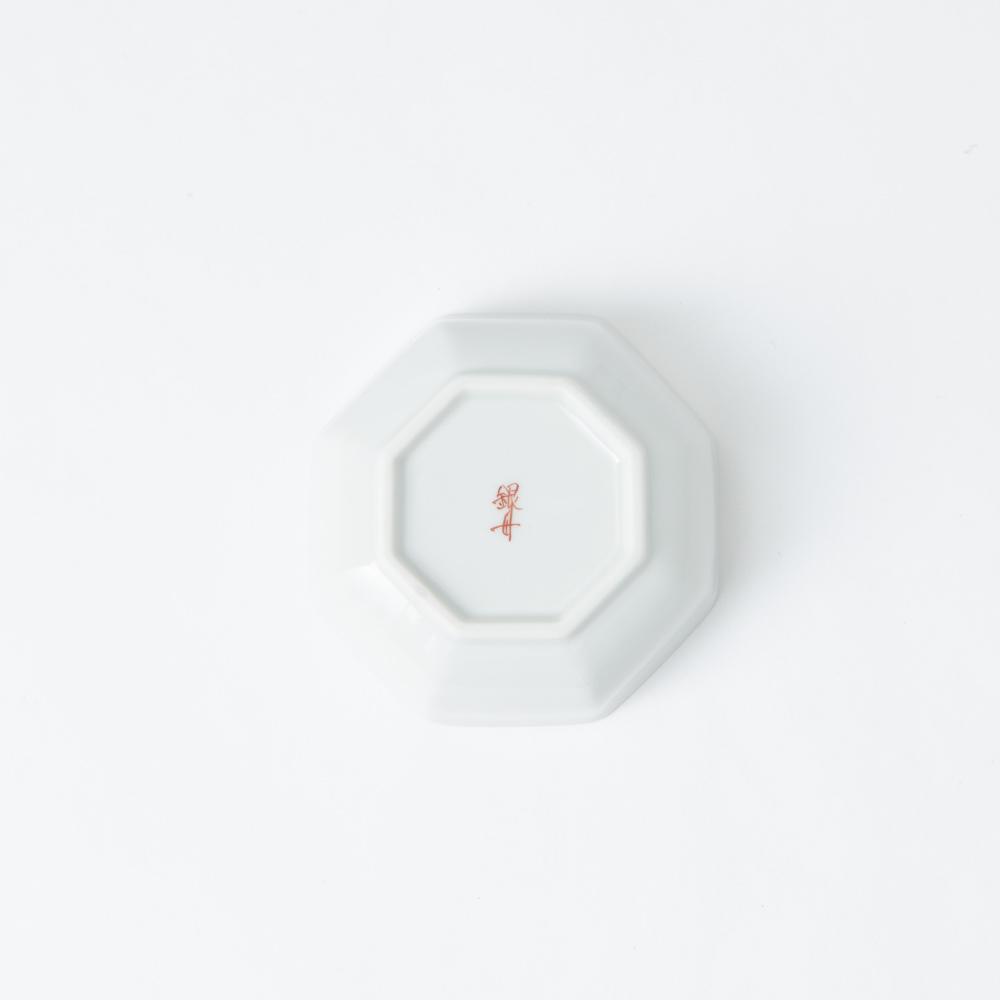
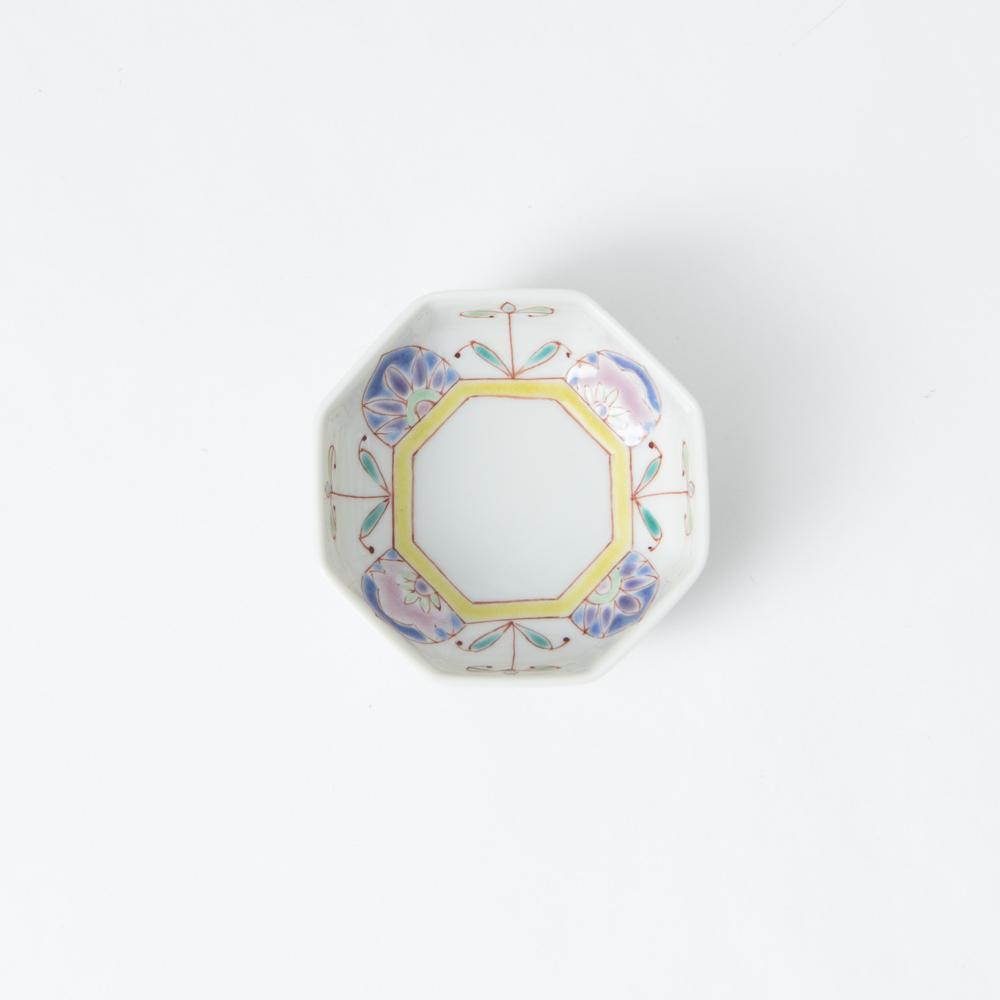
Blue Dream Kobachi Small Bowl
Estimated Shipping Widget will be displayed here!
This bowl showcases dreamy patterns delicately painted by the artisans of Ginshu Kiln, renowned for its romantic and playful pastel-colored designs.
The painted areas have a slightly raised texture, a characteristic of Kutani ware, which is traditionally hand-painted using Japanese coloring pigments and a brush.
It is suitable for serving side such as sunomono (vinegared food), aemono (seasoned or sauced food), nimono (simmered food) for one person.
Furthermore, you may put a small portion of food or relishes in, place it on a larger plate or into a bento box for more stylish and sophisticated food presentation.
DETAILS
| Quantity | 1 |
| Size | D 9 cm (3.6 in) x H 3.5 cm (1.4 in) |
| Material | Porcelain |
| Microwave | Yes |
| Dishwasher | Yes |
Maker / Brand
Designed and painted by a father, mother, and daughter team, the works of Ginshu Kiln bring a creative new feel to Kutani ware design. Their gentle atmosphere and enchanting colors will take you to a dreamland of delicate artwork. Each detailed brushstroke expresses Ginshu Kiln's sincere wish for their customers to truly enjoy their tableware. The first generation kiln master, Bunkichi, is considered a master Kutani ware craftsperson.
Ginshu Kiln's traditional Kutani coloring and refined craftsmanship will add vividness and playfulness to your dining table.
Crafts
Kutani ware is a pottery produced in the Kaga region of Ishikawa Prefecture and it has a history of over 350 years. It is characterized by the heavy brilliance of the five colors of green, yellow, red, purple, and navy blue that are applied to the bold and daring lines. Its long history has evolved through the tireless efforts and enthusiasm of people who have sought innovation while maintaining tradition.
The beauty of the various styles and methods of painting is known as "Japan Kutani" and is highly regarded around the world.
Choose options










Estimated Shipping Widget will be displayed here!
Kobachi Small Bowls
Kobachi, literally “small bowls” in Japanese, are designed for serving appetizers and side dishes. Deeper than a small plate but smaller than a main course or ramen bowl, kobachi are just the right size for light stews and simmered vegetables. Incorporating one or several kobachi bowls into a table setting and arranging dishes of different sizes and colors lends your meal an authentic Japanese atmosphere.
This category includes bowls with diameters under 12.9 cm (5.1 in).
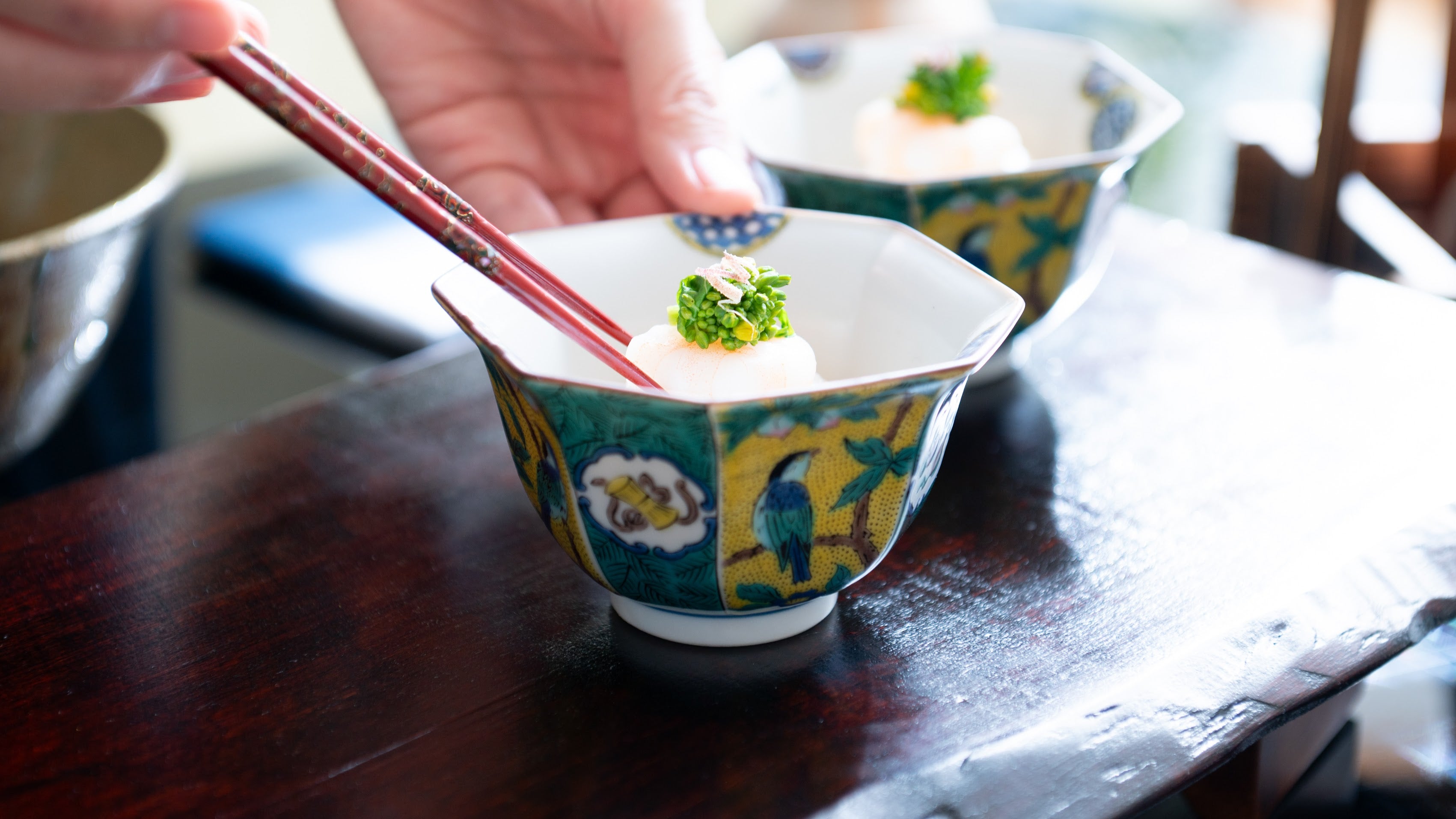
Guide to Japanese Bowls
